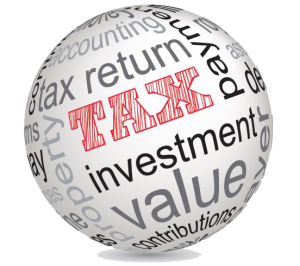 Tax time is here again!
Tax time is here again!
 The end of the financial year is upon us and we want to make sure you’ve got all your property tax bases covered!
The end of the financial year is upon us and we want to make sure you’ve got all your property tax bases covered!
If during the past few or this current financial year you’ve owned (or updated) an investment property and earned an assessable income from it then you are likely entitled to tax deductions and allowances or otherwise commonly called property tax depreciation.
For over 30 years Napier & Blakeley has analysed many thousands of properties, preparing property tax depreciation schedules for owners of virtually every type of property ranging in value from a few hundred thousand dollars to billions. There are well in excess of three million property investors within Australia and the majority of these owners are not likely to fully maximise available deductions, which can significantly affect and increase their after tax yields and cash flow.
In a recent analysis of a five year old commercial office building with a purchase price of $5m, a land value of $1m and an income of $500,000 we found the following;
If you claimed no depreciation and building allowances, your after tax income at the following rates would be: Continue reading
 ATO is contacting Residential Investors – BEWARE!
ATO is contacting Residential Investors – BEWARE!
 The ATO has issued an early warning again this year. As tax time is nearing to an end for EFOY16 (yes that was quick), the ATO is reminding all residential property and holiday home investors to get in order your deductions as they intend to review this sector for discrepancies. Refer to the following link: : https://www.ato.gov.au/Tax-professionals/Newsroom/Your-practice/Deductions-for-rental-property-owners/?tpissue-10-2016
The ATO has issued an early warning again this year. As tax time is nearing to an end for EFOY16 (yes that was quick), the ATO is reminding all residential property and holiday home investors to get in order your deductions as they intend to review this sector for discrepancies. Refer to the following link: : https://www.ato.gov.au/Tax-professionals/Newsroom/Your-practice/Deductions-for-rental-property-owners/?tpissue-10-2016
In particular, all your expenditure and capital allowances must be recorded, apportioned correctly and accurately in accordance with the current legislation. If you have made some profit in selling your investment property this financial year, the transaction may have resulted in a capital tax gains (CGT) event, and if not treated properly could result in a larger tax payment due than originally thought. You must also have sufficient evidence your property was income producing thus providing you a trigger to claim any deductions. Refer to the following link for a detailed explanation of what you may require for EOFYS 2016 on your residential property: https://www.ato.gov.au/General/Property/Residential-rental-properties/ Continue reading
